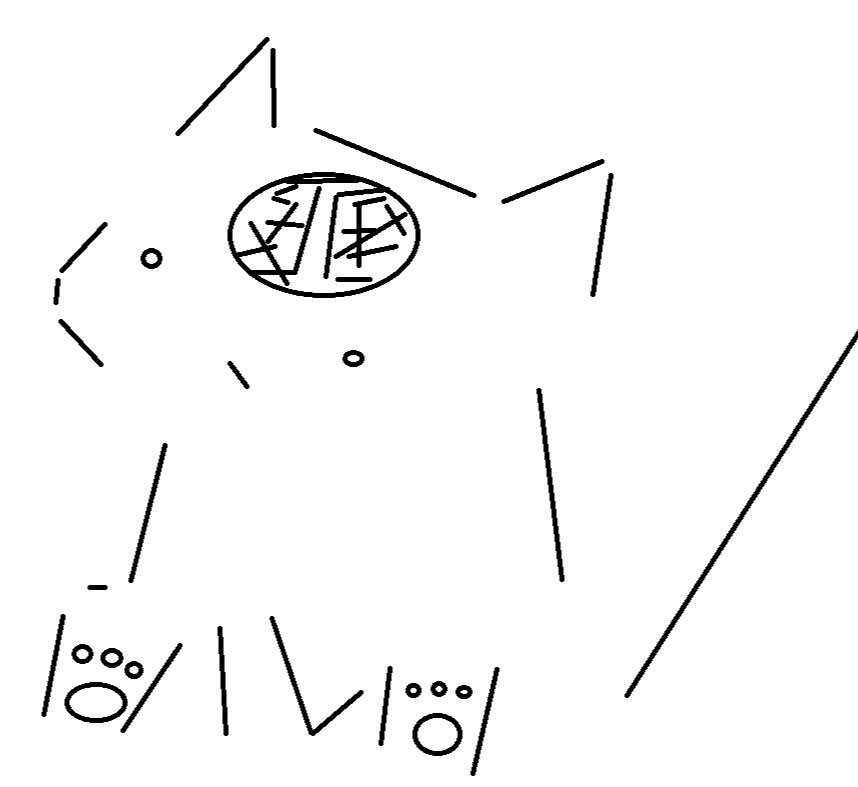| 일 | 월 | 화 | 수 | 목 | 금 | 토 |
|---|---|---|---|---|---|---|
| 1 | 2 | 3 | 4 | 5 | 6 | |
| 7 | 8 | 9 | 10 | 11 | 12 | 13 |
| 14 | 15 | 16 | 17 | 18 | 19 | 20 |
| 21 | 22 | 23 | 24 | 25 | 26 | 27 |
| 28 | 29 | 30 | 31 |
Tags
- entity
- 으
- TypeScript
- Strict
- Props
- 전역변수
- literal
- ZOOM
- 컴포넌튼
- npm
- &연산
- 타입스크립트
- 클론코딩
- ES5
- 데이터베이스 #try #이중
- 0.5px border
- es6
- TS
- angular
- 서버리스 #
- 10px
- 0.75px border
- github
- 1px border
- 문서번호
- 0.25px border
- 당근마켓
- Websocket
- font-size
- jwt
Archives
- Today
- Total
복잡한뇌구조마냥
[JAVA] AOP (관점 지향 프로그래밍) 기초 정리 본문
1. AOP란?
- Aspect Oriented Programming (관점 지향 프로그래밍)
- 핵심 로직(비즈니스)과 부가 로직(공통 관심사: 로깅, 보안, 트랜잭션 등)을 분리하는 기법
- OOP(객체지향 프로그래밍)를 보완하는 개념
👉 핵심 아이디어: “횡단 관심사(Cross-cutting concern)를 모듈화하자”
2. AOP가 필요한 이유
예를 들어 서비스 메서드마다 실행 시간 측정을 넣고 싶다고 할 때:
AOP 적용 전 (중복 코드 발생)
public void createMember() {
long start = System.currentTimeMillis();
// 비즈니스 로직
long end = System.currentTimeMillis();
System.out.println("실행 시간: " + (end - start));
}AOP 적용 후 (공통 로직 분리)
@LogExecutionTime
public void createMember() {
// 비즈니스 로직만 남김
}3. Spring에서 AOP 사용법
의존성 (Gradle)
implementation("org.springframework.boot:spring-boot-starter-aop")4. 핵심 용어
- Aspect: 공통 기능을 모듈화한 클래스 (@Aspect)
- Advice: 언제 실행할지 정의 (Before, After, Around 등)
- Join Point: AOP 적용 가능한 지점 (메서드 실행 시점 등)
- Pointcut: 실제로 AOP를 적용할 지점 지정 (execution(...))
- Weaving: 핵심 로직 + 부가 로직 결합하는 과정
5. 예제: 실행 시간 로깅
@Aspect
@Component
public class LogAspect {
@Around("execution(* com.example.service..*(..))")
public Object logExecutionTime(ProceedingJoinPoint joinPoint) throws Throwable {
long start = System.currentTimeMillis();
Object proceed = joinPoint.proceed(); // 실제 메서드 실행
long end = System.currentTimeMillis();
System.out.println(joinPoint.getSignature() + " 실행 시간: " + (end - start) + "ms");
return proceed;
}
}- @Around: 메서드 실행 전후 모두 제어 가능
- "execution(* com.example.service..*(..))": service 패키지 아래 모든 메서드 대상
6. Advice 종류
| 종류 | 설명 | 어노테이션 |
| Before | 메서드 실행 전 | @Before |
| AfterReturning | 정상 종료 후 | @AfterReturning |
| AfterThrowing | 예외 발생 시 | @AfterThrowing |
| After | 메서드 종료 후(성공/실패 무관) | @After |
| Around | 전/후 모두 (가장 강력) | @Around |
7. 애노테이션 기반 Pointcut
@Target(ElementType.METHOD)
@Retention(RetentionPolicy.RUNTIME)
public @interface LogExecutionTime { }@Aspect
@Component
public class AnnotationAspect {
@Around("@annotation(com.example.LogExecutionTime)")
public Object log(ProceedingJoinPoint pjp) throws Throwable {
long start = System.currentTimeMillis();
Object result = pjp.proceed();
long end = System.currentTimeMillis();
System.out.println("실행 시간: " + (end - start) + "ms");
return result;
}
}→ 원하는 메서드에만 @LogExecutionTime 붙이면 적용 가능
8. 실무 활용 예시
- 로깅(Log): 요청/응답 로그, 실행 시간 추적
- 보안(Security): 접근 제어, 인증/인가 처리
- 트랜잭션 관리: @Transactional 내부적으로 AOP 활용
- 캐싱(Cache): 메서드 결과 캐싱
9. 장단점
✅ 장점
- 공통 관심사 분리 → 코드 중복 감소
- 핵심 비즈니스 로직이 깔끔해짐
- 유지보수/확장성 향상
❌ 단점
- 남용 시 흐름 파악 어려움
- 디버깅 난이도 ↑ (숨은 동작이 많아짐)
10. 마무리
Spring AOP는 실무에서 트랜잭션(@Transactional), 로그/보안 처리 등에 이미 광범위하게 쓰이고 있습니다.
직접 어노테이션 + @Aspect 조합을 써보면, 프레임워크 내부 동작 원리를 이해하는 데 큰 도움이 됩니다.
LIST
'BE > JAVA' 카테고리의 다른 글
| [JAVA] Effective Java - 다중정의는 신중히 사용하라 (52) (0) | 2025.08.24 |
|---|---|
| [JAVA] Effective Java - 스트림은 주의해서 사용하라 (45) (0) | 2025.08.24 |
| [JAVA] Thymeleaf 기초 정리 (0) | 2025.08.20 |
| [JAVA] Spring Data JPA (0) | 2025.08.19 |
| [JAVA] TDD에서 자주 쓰는 테스트 어노테이션 정리 (2) | 2025.08.18 |
